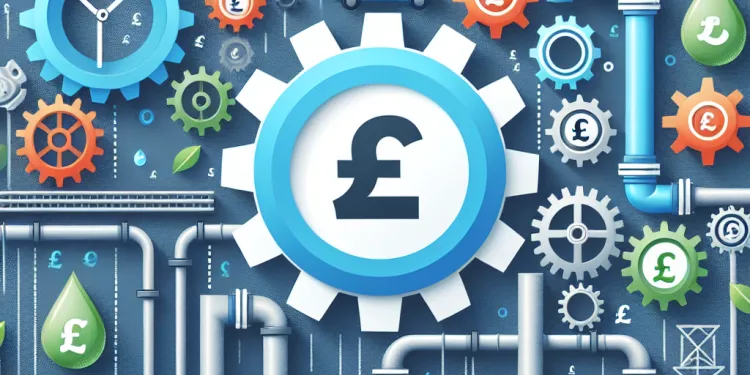
Find Help
More Items From Ergsy search
-
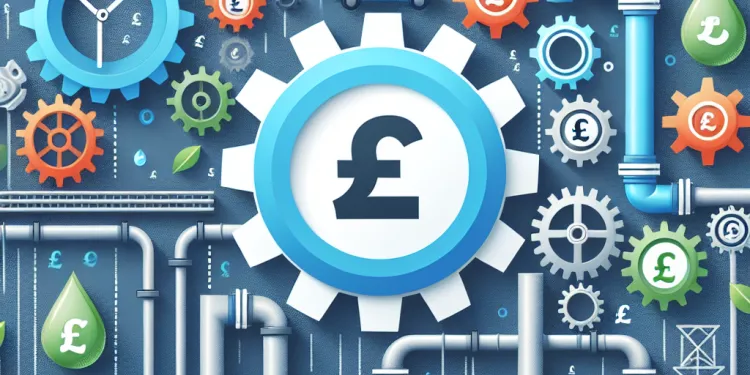
Are there initiatives to improve water efficiency in infrastructure?
Relevance: 100%
-
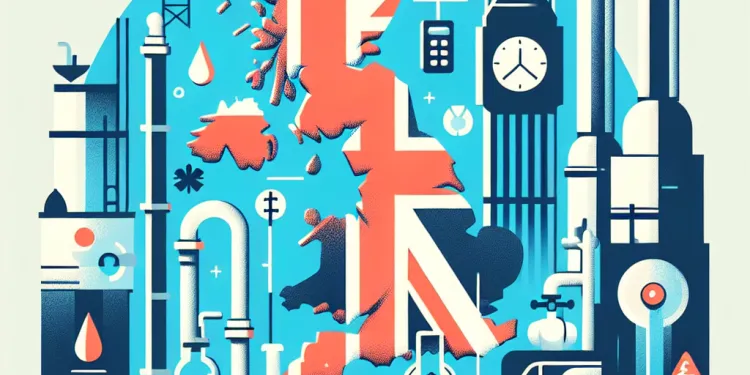
How old is the water infrastructure in the UK?
Relevance: 57%
-
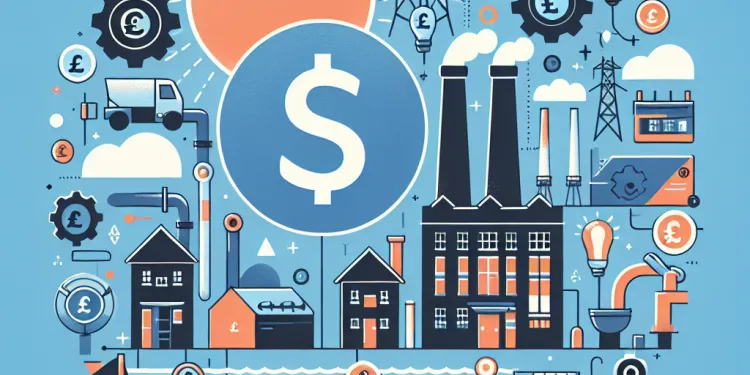
Are water companies responsible for maintaining water infrastructure in the UK?
Relevance: 57%
-
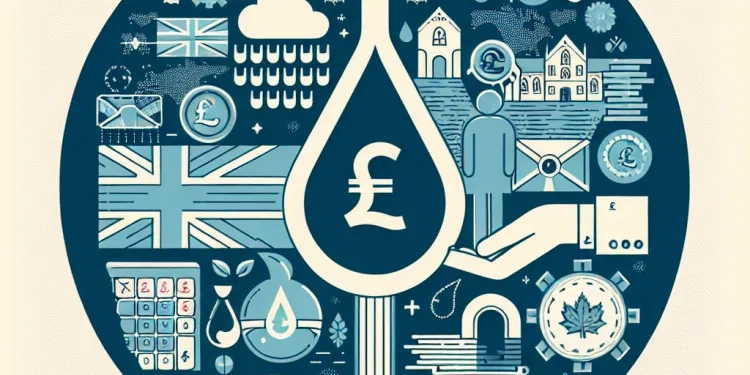
Are there any government initiatives to tackle water loss in the UK?
Relevance: 55%
-
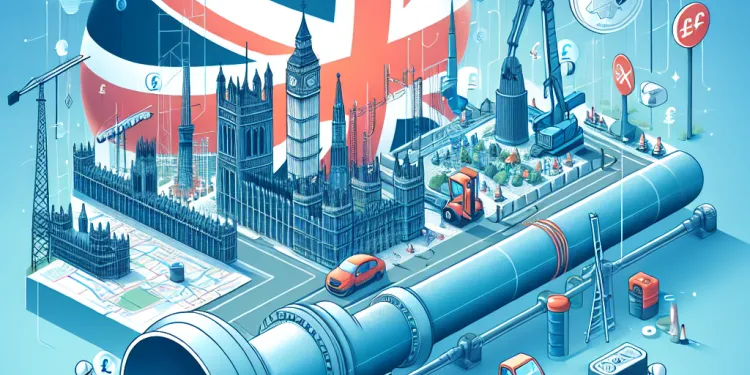
Do water companies have to update the infrastructure?
Relevance: 54%
-
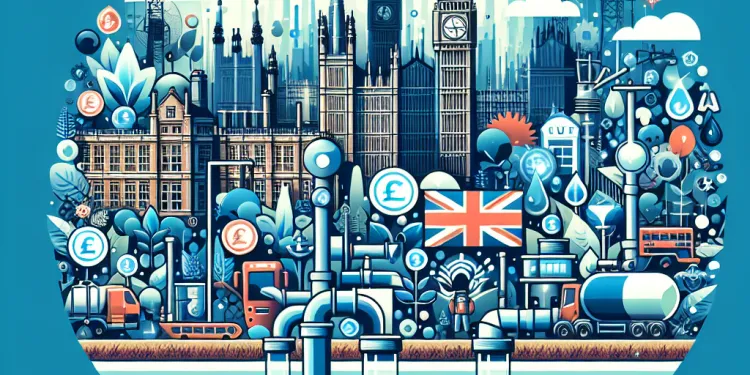
Are water companies responsible to maintain and update infrastructure in the UK?
Relevance: 53%
-
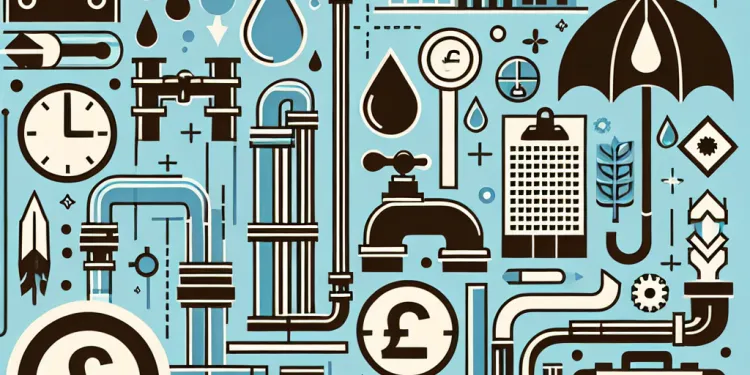
Do water companies have long-term infrastructure plans?
Relevance: 53%
-
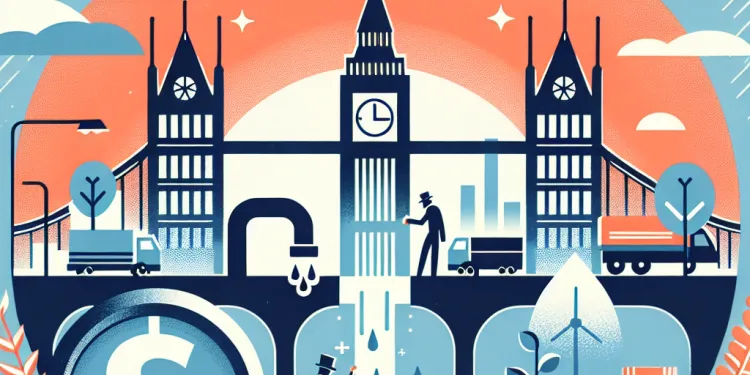
What does water infrastructure maintenance involve?
Relevance: 52%
-
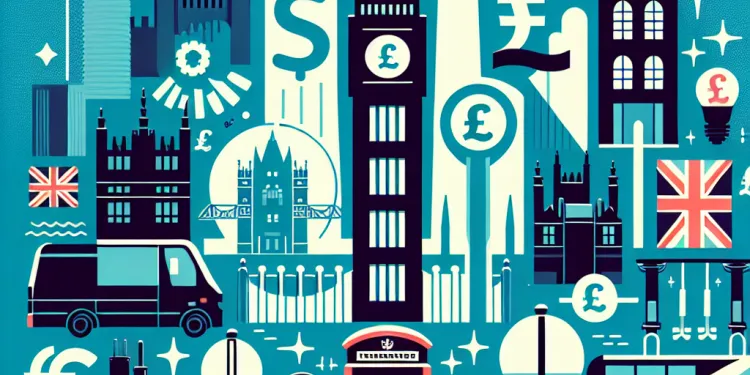
How do water companies fund infrastructure updates?
Relevance: 52%
-
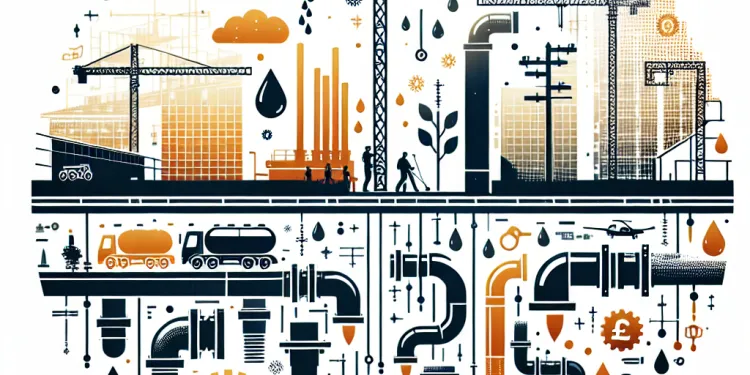
How are infrastructure priorities determined by water companies?
Relevance: 51%
-
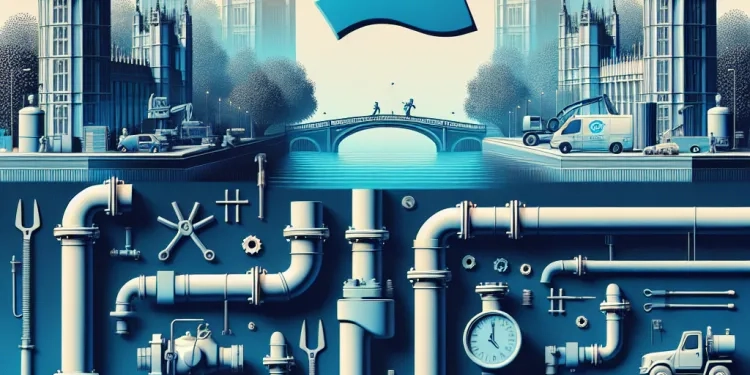
What challenges do water companies face in maintaining infrastructure?
Relevance: 50%
-
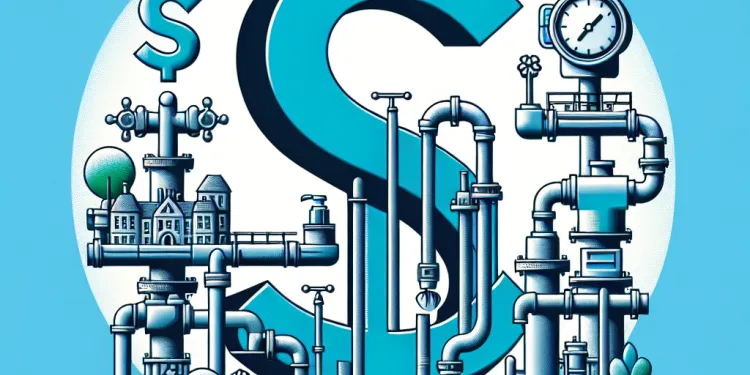
Are there penalties for not maintaining water infrastructure?
Relevance: 50%
-
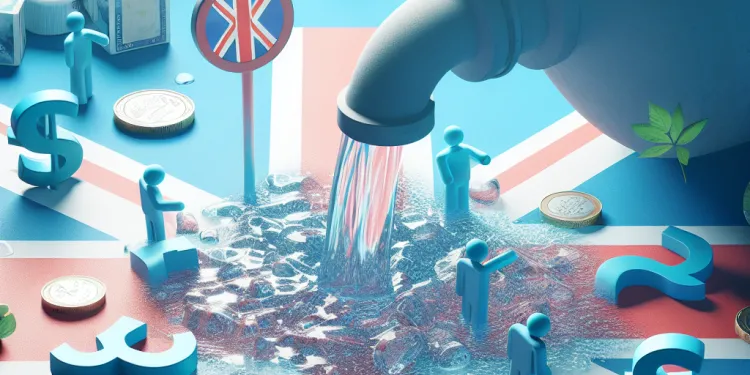
How much water is lost in the UK through poor infrastructure?
Relevance: 48%
-
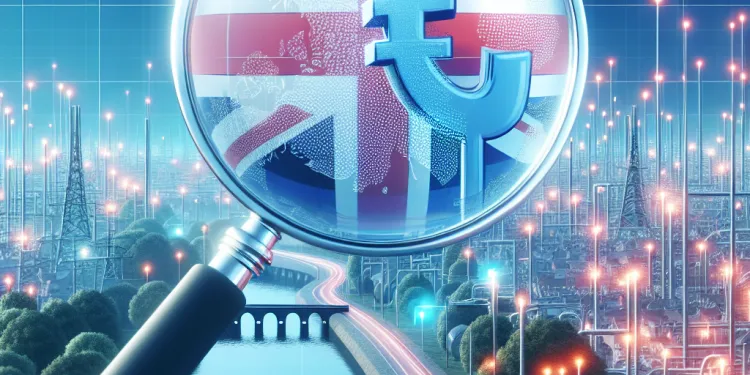
How transparent are water companies regarding infrastructure improvements?
Relevance: 48%
-
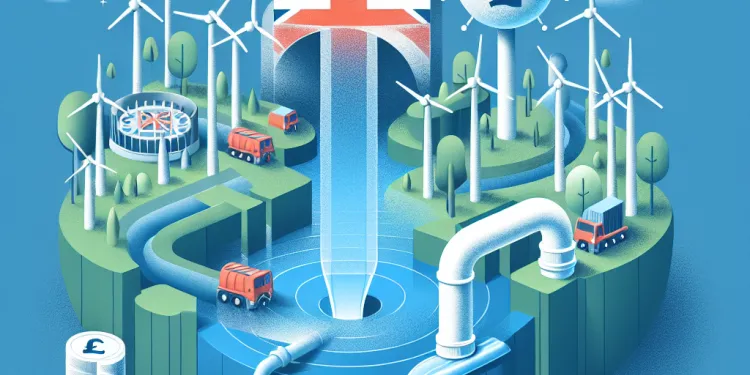
How does climate change affect water infrastructure maintenance?
Relevance: 46%
-
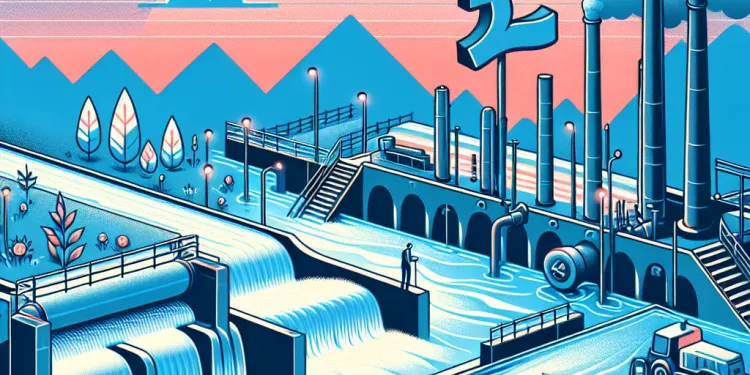
Can customers report issues with water infrastructure?
Relevance: 46%
-
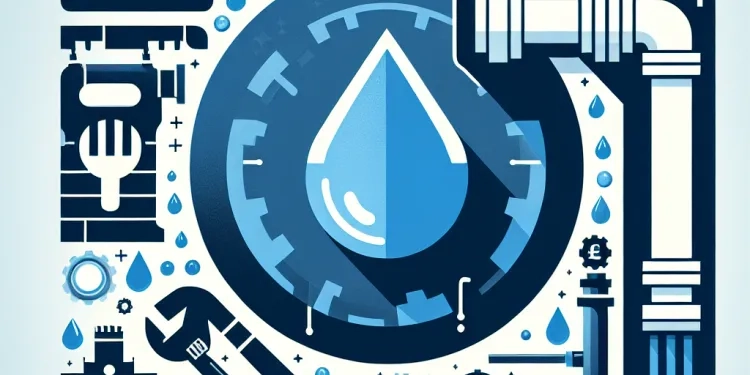
What are common signs of leaks in water infrastructure?
Relevance: 43%
-
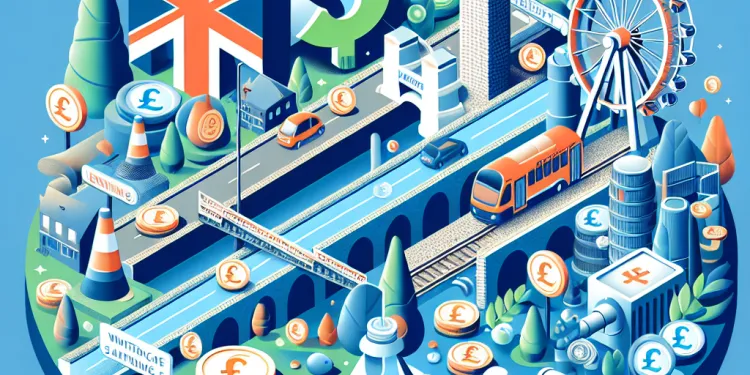
How will refunds affect investments towards improving water infrastructure?
Relevance: 43%
-
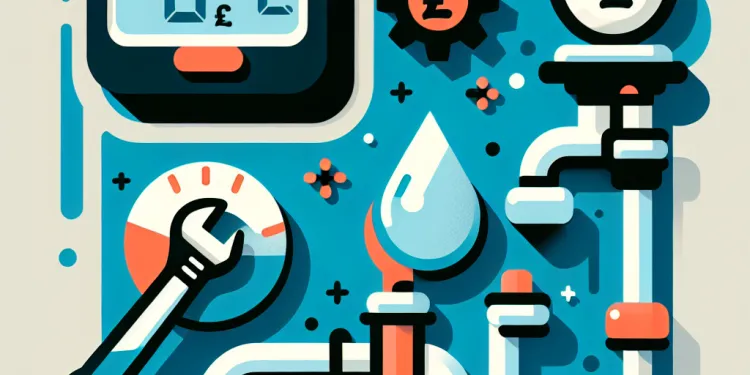
What measures are being taken to address water loss in the UK?
Relevance: 39%
-
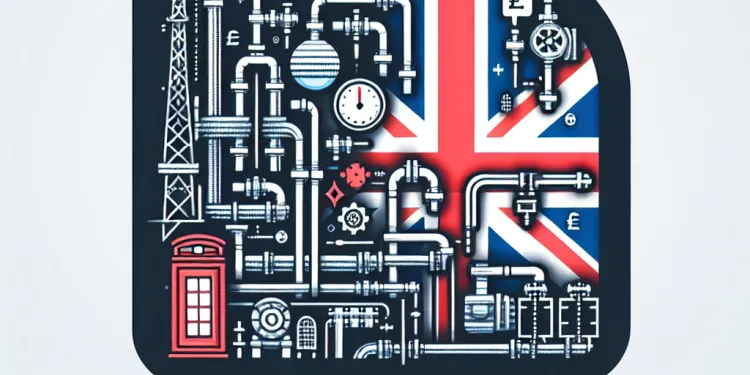
Are customers responsible for any part of the water infrastructure?
Relevance: 37%
-
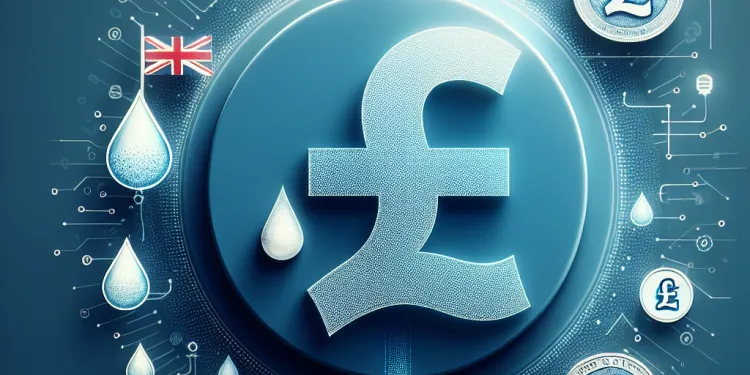
What are the financial implications of water loss for the UK?
Relevance: 37%
-
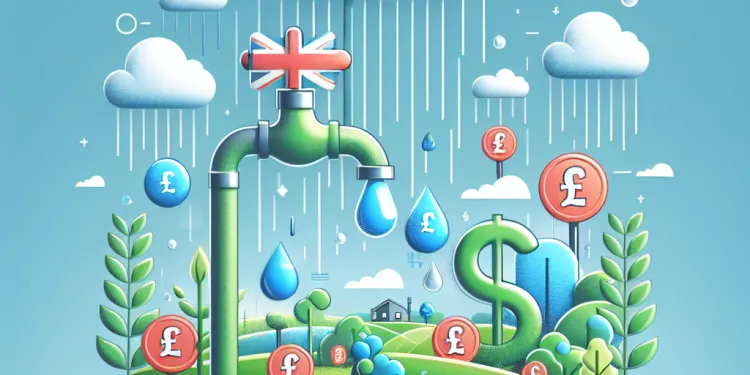
What causes water loss in the UK?
Relevance: 36%
-

How significant is the water loss problem in the UK?
Relevance: 35%
-
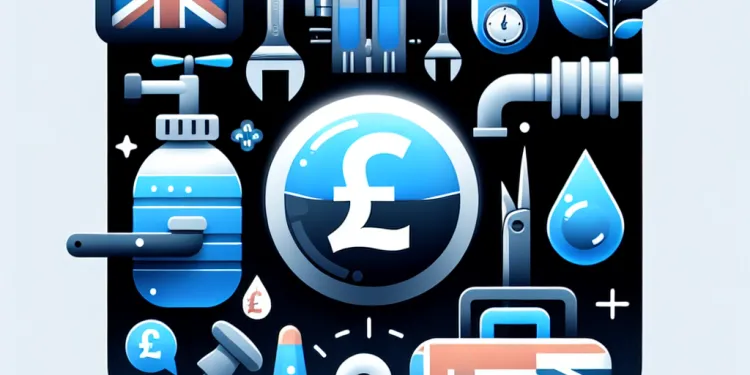
How are water companies held accountable for infrastructure maintenance?
Relevance: 35%
-

Why is it challenging to fix water leaks in the UK?
Relevance: 35%
-
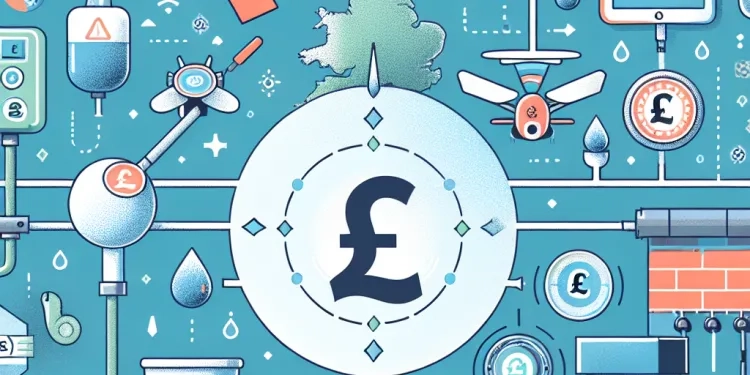
How are new technologies helping to reduce water loss in the UK?
Relevance: 33%
-

What role do climate change and weather play in water infrastructure issues?
Relevance: 32%
-
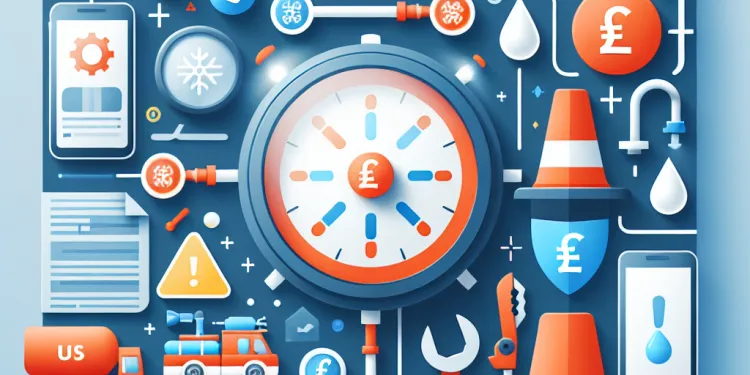
How do water companies detect leaks?
Relevance: 32%
-
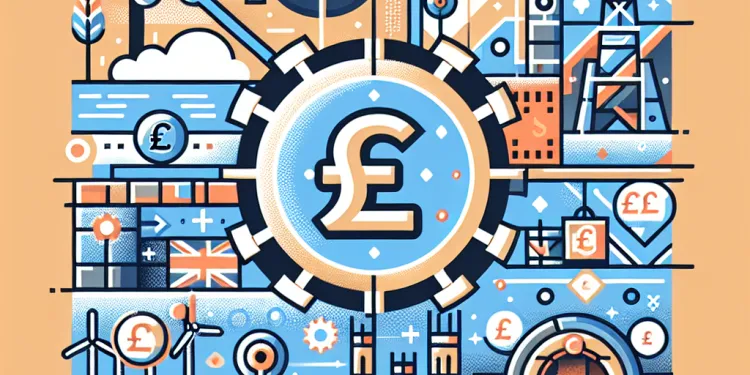
What role does technology play in infrastructure maintenance?
Relevance: 32%
-
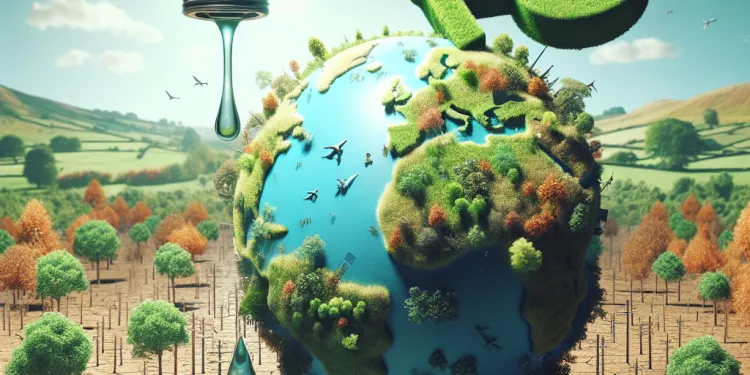
What impact does water loss have on the environment in the UK?
Relevance: 32%
-
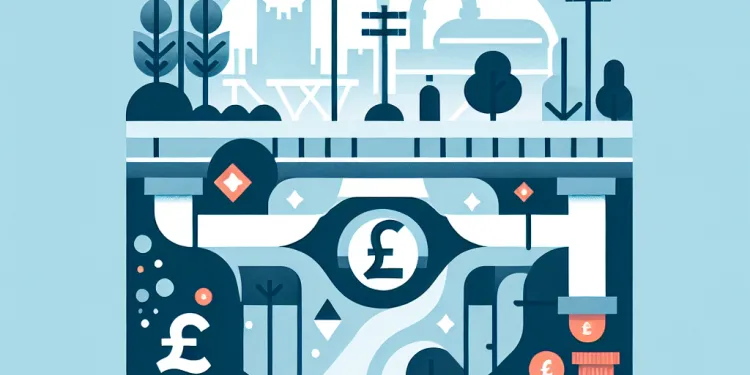
What role do water companies play in sewage pollution?
Relevance: 30%
-

Are there specific tools provided for job efficiency?
Relevance: 30%
-

Who regulates the performance and compliance of UK water companies?
Relevance: 30%
-

What happens if a water main bursts?
Relevance: 29%
-
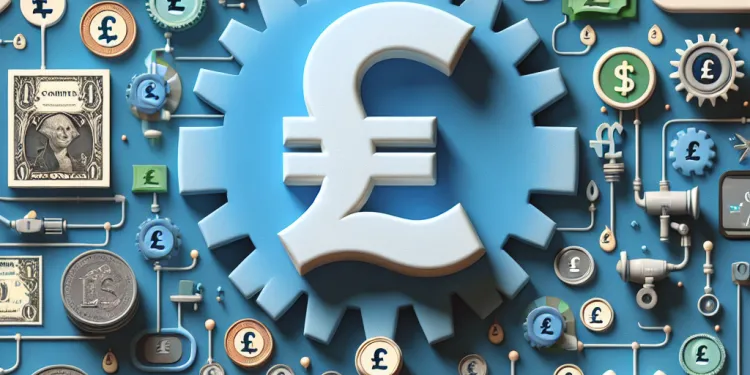
What is the role of consumers in reducing water loss?
Relevance: 29%
-
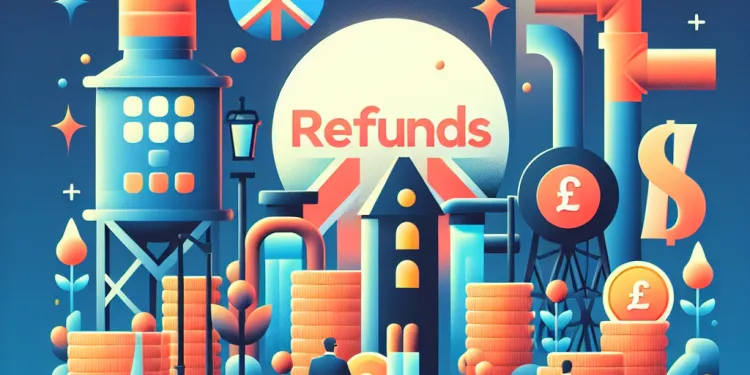
Do these refunds mean water companies have increased their rates fraudulently?
Relevance: 28%
-
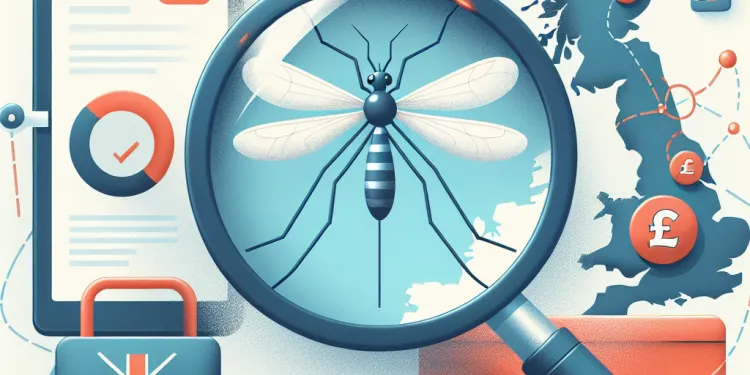
Are there any government initiatives to control mosquitoes in the UK?
Relevance: 28%
-
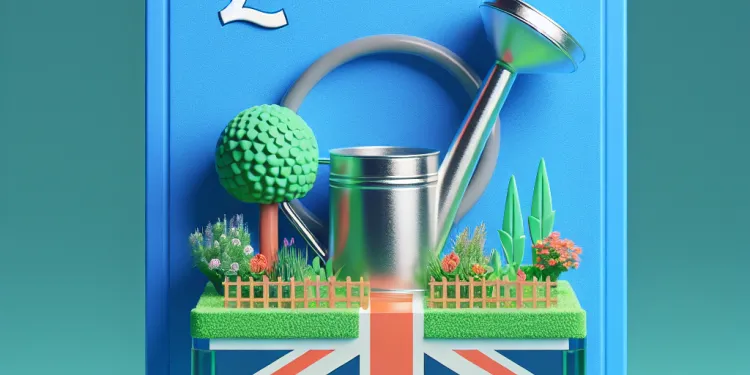
Can I use a watering can during a hosepipe ban?
Relevance: 28%
-
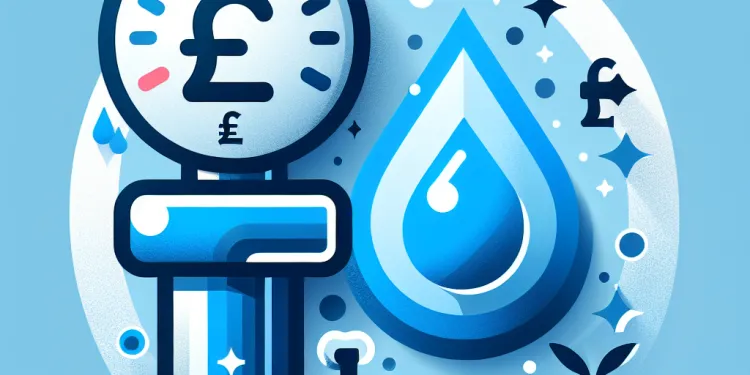
Which UK water companies are going to refund their customers for poor performance?
Relevance: 27%
-
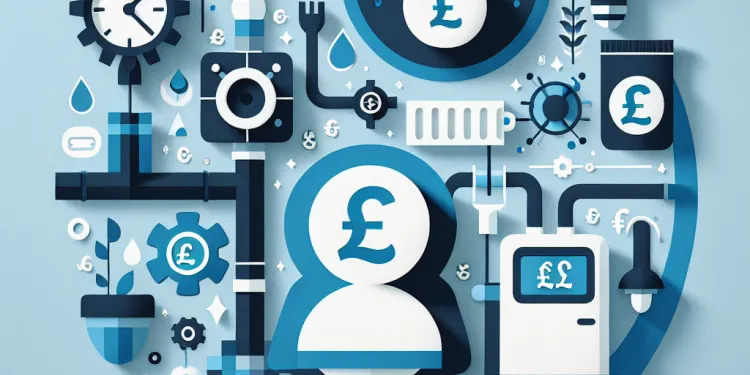
What is the role of a water regulator in my claim?
Relevance: 27%
Introduction
Water efficiency in infrastructure is becoming increasingly important in the UK due to growing concerns about environmental sustainability and the impacts of climate change. Water scarcity and the rising demand for water in urban areas necessitate innovative approaches to manage this vital resource efficiently. As a result, several initiatives have been launched to improve water efficiency in infrastructure throughout the UK.
Water Efficiency in Urban Development
Urban development projects across the UK are prioritising water efficiency by integrating sustainable water management practices. New building standards, such as the Code for Sustainable Homes, encourage developers to incorporate water-saving technologies and systems in their designs. These include rainwater harvesting, greywater recycling, and the installation of water-efficient fittings. By adopting such measures, urban developments can significantly reduce water usage and alleviate pressure on municipal water supplies.
Technological Innovations
Technological innovations are playing a crucial role in enhancing water efficiency in infrastructure. Smart metering, for instance, provides accurate, real-time data on water usage, allowing for better monitoring and management. This technology can help identify leaks and inefficiencies quickly, enabling timely interventions. Moreover, advanced water treatment systems are being developed to purify and recycle water more effectively, thereby reducing consumption and waste.
Government Policies and Legislation
The UK government has implemented various policies and legislative measures to promote water efficiency in infrastructure. The Water Supply (Water Fittings) Regulations 1999 and the more recent Building Regulations Part G set standards for water use in buildings, focusing on the performance of fittings and appliances. These regulations aim to reduce demand by encouraging the use of water-efficient products and ensuring compliance among developers and property owners.
Public Awareness and Education
Public awareness campaigns and educational programs are essential components of initiatives to improve water efficiency. Organisations such as Waterwise and the Consumer Council for Water are actively involved in raising awareness about the benefits of water conservation. These initiatives emphasise the role of individuals and communities in achieving water efficiency, providing practical advice on reducing water consumption in everyday life.
Collaborative Efforts
Collaboration between various sectors is vital for advancing water efficiency in infrastructure. Public-private partnerships, for example, bring together government entities, private companies, and non-profit organisations to develop and implement water-saving projects. Such collaborations enable the sharing of expertise, resources, and funding, fostering the widespread adoption of water-efficient practices across the UK.
Conclusion
Improving water efficiency in infrastructure is a crucial aspect of sustainable development in the UK. Through a combination of urban development strategies, technological advancements, government policies, public awareness initiatives, and collaborative efforts, significant progress is being made towards managing water resources more efficiently. These initiatives not only help secure water supplies for future generations but also contribute to the environmental and economic well-being of the nation.
Introduction
Saving water is very important in the UK. This is because we care about the environment and how the weather is changing. There is not much water to use, and many people in cities need it. So, we need new ways to use water wisely. Many new ideas and projects are starting in the UK to help save water in buildings and cities.
Water Efficiency in Urban Development
In cities across the UK, building projects are trying hard to save water. They use smart and green ways to manage water. New rules like the Code for Sustainable Homes ask builders to use water-saving tools. These tools include collecting rainwater, using water from sinks again, and fitting taps and toilets that use less water. This helps buildings use less water, so there's more for everyone.
Technological Innovations
New technology helps us use water better. Smart meters show us how much water we use right now. They help us see if there is a leak or waste and fix it quickly. New systems can clean and reuse water, which helps us save and reduce waste.
Government Policies and Legislation
The UK government has made rules to help save water in buildings. Some of these are the Water Supply Regulations and Building Rules about water use. These rules help make sure taps and toilets use less water. Builders and property owners must follow these rules to help save water.
Public Awareness and Education
Teaching people about saving water is very important. Groups like Waterwise and the Consumer Council for Water help teach everyone why saving water is good. They give tips on how people can use less water every day.
Collaborative Efforts
Working together is key to saving more water. Governments, private companies, and charities can team up to start water-saving projects. Sharing ideas, money, and skills helps everyone use water better all over the UK.
Conclusion
Saving water in buildings is an important part of keeping the UK green. By planning better in cities, using new technology, following rules, teaching people, and working together, we are making good progress. These efforts are important for saving water for the future and keeping the UK healthy and strong.
Frequently Asked Questions
What are common initiatives to improve water efficiency in infrastructure?
Common initiatives include implementing water-saving technologies, promoting the use of recycled water, and designing infrastructure for rainwater harvesting.
How does water-efficient infrastructure benefit the environment?
It reduces water consumption, minimizes waste, and decreases energy usage, thus lowering the ecological footprint and preserving natural resources.
What role do government policies play in improving water efficiency in infrastructure?
Governments set regulations and provide incentives for adopting water-efficient technologies and practices, thus driving infrastructure improvements.
Are there specific technologies aimed at improving water efficiency in infrastructure?
Yes, technologies such as low-flow fixtures, smart irrigation systems, and greywater recycling systems are designed to improve water efficiency.
Can water efficiency initiatives reduce utility costs?
Yes, by decreasing water usage, these initiatives can significantly lower utility bills for both consumers and businesses.
How do water efficiency initiatives affect urban planning?
Urban planners integrate water efficiency into sustainable city designs, optimizing water usage and reducing strain on local water sources.
What is the impact of water-efficient infrastructure on local communities?
It improves water availability, reduces the risk of shortages, and can increase public awareness regarding sustainable water use.
How are industries incorporating water efficiency in their infrastructure?
Industries are adopting processes that recycle and treat water, installing efficient cooling towers, and optimizing production to reduce water waste.
Are there any legal frameworks supporting water efficiency in infrastructure?
Many regions have regulations and standards that mandate or incentivize the integration of water-efficient practices in infrastructure development.
What is the role of public awareness in water efficiency initiatives?
Informed communities are more likely to support and participate in water-saving programs, enhancing the effectiveness of these initiatives.
How do water reuse systems contribute to infrastructure efficiency?
They treat and repurpose wastewater, reducing the need for fresh water and lowering the burden on existing water supply systems.
What challenges exist in implementing water-efficient infrastructure?
Challenges include high initial costs, technological barriers, and lack of awareness or resistance to change among stakeholders.
Are there international examples of successful water efficiency initiatives?
Countries like Singapore and Australia have implemented successful strategies using advanced technologies and policy frameworks to enhance water efficiency.
How does infrastructure design influence water efficiency?
Designs that incorporate elements like green roofs and permeable pavements help to manage stormwater and reduce overall water use.
Can retrofitting existing infrastructure improve water efficiency?
Yes, retrofitting with modern technology and efficient fixtures can significantly enhance the water efficiency of older infrastructure.
How do smart metering and monitoring tools contribute to water efficiency?
These tools provide real-time data on water usage, identifying leaks and inefficiencies, enabling timely interventions to save water.
Are there certifications or standards for water-efficient infrastructure?
Yes, certifications like LEED and standards from the EPA provide guidelines and recognition for water-efficient infrastructure practices.
What economic benefits arise from water-efficient infrastructure?
Beyond reduced costs, efficient infrastructure can lead to job creation in the sector and potential economic growth as a result of saved resources.
How can individuals contribute to improving water efficiency in infrastructure?
Individuals can support policies, adopt water-saving habits, and invest in water-efficient appliances and fixtures in their homes.
What future trends are expected in the field of water-efficient infrastructure?
Future trends include the increased use of AI for water management, more integrated urban water systems, and advancements in water filtration and recycling technologies.
How can we save water in buildings and roads?
Here are some simple ways:
- Fix leaking taps and pipes.
- Use toilets and showers that save water.
- Collect rain in big tanks.
- Use smart systems to track and manage water use.
Tools that might help:
- Water-saving devices, like tap aerators.
- Smart water meters.
Here are some common ways to save water:
- Use special machines that save water.
- Use water that has been cleaned and used again.
- Make ways to collect rainwater.
These ideas can help us save water every day. You can also use apps or get help from websites to learn more about saving water.
How does saving water help the earth?
Using less water is good for the planet.
Here are some ways it helps:
- Saves energy: It takes less energy to move and clean water when we use less of it.
- Protects rivers and lakes: Using less water means we keep more in nature for animals and plants to live.
- Reduces pollution: When we use less water, fewer dirty waters flow into waterways.
Try these simple ways to save water:
- Turn off the tap when brushing your teeth.
- Take shorter showers.
- Fix any dripping taps in your house.
It uses less water, makes less waste, and uses less energy. This helps the planet and saves natural resources.
How do government rules help save water in buildings and roads?
Governments make rules to help save water when we build things like buildings and roads. These rules tell people how to use water wisely.
Ways to do this include:
- Using special tools that use less water, like taps and toilets
- Fixing leaks quickly so we don't waste water
- Collecting and using rainwater
Tools to help understand:
- Pictures and videos show how to save water
- Simple charts help explain the rules
These methods help everyone save water and protect the environment.
Governments make rules and give rewards to help people use less water. This makes things like pipes and water systems better.
Are there special tools to save water in buildings and roads?
Yes, there are special tools to help save water. These include taps and showers that use less water, smart sprinklers for gardens, and systems that recycle used water from baths or sinks.
Can using less water save money on bills?
Using less water can help you save money on your water bills.
- Turn off the tap: Turn off the water while brushing your teeth.
- Fix leaks: Fix any dripping taps at home.
- Use shorter showers: Take shorter showers to save water.
- Use water-saving devices: Use tools like low-flow showerheads or tap aerators.
You can use timers to remind you to take shorter showers, and water-saving devices can be bought at stores. These actions can help reduce your water bill and save money.
Yes, using less water can help people and businesses save money on their water bills.
How do water-saving plans change city building?
Water-saving plans help us use less water. This changes how we build cities.
There are easy ways to use less water:
- Fix leaks at home.
- Use less water when washing hands or dishes.
- Collect rainwater to water plants.
Using apps or timers can help you save water. Learn about these tools to save even more water.
Urban planners help design cities to use water wisely. They find ways to save water and make sure we don't use too much from nearby rivers and lakes.
How does saving water help local communities?
Using less water can be good for local areas. It helps save water and money. It can also help the environment. Here are some ways saving water can help:
- Save money: Using less water can make water bills smaller.
- Help nature: When we save water, we help plants and animals that need it.
- Strong communities: When people work together to save water, it can bring them closer.
Using simple tools can help save water. Here are some tools to try:
- Low-flow taps: These taps use less water when you wash your hands or dishes.
- Rain barrels: These collect rainwater for watering plants.
- Smart water meters: These help keep track of how much water you use.
Working together to save water can make a big difference!
This helps us get more water, makes sure we don't run out, and teaches people how to use water wisely.
How do factories and businesses use less water?
Factories and businesses use tricks to save water. They fix leaks quickly and recycle water to use again. Special machines help use less water too. People working there learn how to save water every day.
Tools like pictures and simple charts can help understand how to save water better.
Factories are finding ways to use less water. They clean and reuse water, use smart cooling systems, and make products with less water. These actions help save water.
Are there rules that help save water when building things?
Many places have rules that say we should save water when building things. These rules help us use less water.
To make it easier, try using tools like pictures or videos to learn. Also, reading with someone else can help you understand better.
Why is it important for people to know about saving water?
It's good for people to understand how to save water. This helps everyone use less water.
People can learn fun ways to save water at home, like turning off the tap when brushing teeth.
Pictures and videos can help make learning about saving water easier and fun.
When people know a lot about saving water, they are more likely to help and join water-saving programs. This makes these programs work better.
How do water reuse systems help make infrastructure work better?
They clean dirty water so it can be used again. This means we need less clean water and helps save the water we have.
What is hard about using water-saving systems?
There are some problems. First, it can cost a lot of money at the start. Second, the technology can be hard to understand. Third, some people don’t know about it or don’t want to change.
Here are some things that can help:
- Use simple tools to make it cheaper.
- Find easy-to-use technology.
- Talk to people and show them why the change is good.
Can you tell me about ways other countries save water well?
Countries like Singapore and Australia use smart tools and good rules to save water.
How does building and planning help save water?
Some designs use green roofs and special pavements. These help control rainwater and use less water.
Can changing old water systems help save water?
Yes, we can make old buildings use water better. We do this by adding new technology and better taps or toilets.
How do smart tools help us use water better?
Some tools help us measure how much water we use. These are called smart tools.
Smart Meters: They show us how much water we use at home or in a building. This helps us not to waste water.
Monitoring Tools: These tools help us check our water use. They can tell us if we are using too much water.
These tools can help us save water and money. Try using apps or asking for help from water experts to use these tools.
These tools show you how much water you use right now. They help you find leaks (when water drips or spills) and places where you waste water. This way, you can fix the problems quickly and save water.
Are there special awards or rules for saving water in buildings?
Yes, there are awards like LEED and rules from the EPA that help us use water wisely. These give advice and say "good job" to buildings that save water well.
What are the money benefits of saving water?
Using less water can save money. Here are some ways it helps:
- You pay less for your water bill.
- Less water use means spending less on cleaning and heating water.
- Saving water helps save energy, which also saves money.
To make it easier, try these tips:
- Use short sentences to explain.
- Use pictures or drawings to show ideas.
- Watch videos that explain how to save water and money.
When we save money with better roads and buildings, we can create more jobs. This can also help the economy grow because we are using our money wisely.
How can people help save water in buildings and roads?
People can help by following rules, saving water at home, and buying things that use less water.
What will happen with water-saving buildings in the future?
Here are some things we might see:
- More ways to save water
- New smart tools to check water use
- Buildings that collect and use rainwater
If you want help to read more, you can try:
- Using audiobooks to listen to text
- Trying reading apps that read out loud
- Looking for short videos about water saving
In the future, we will use smart computers to help with water. Cities will have better water systems that work together. We will also have new ways to clean and reuse water.
Useful Links
- Ergsy carfully checks the information in the videos we provide here.
- Videos shown by Youtube after a video has completed, have NOT been reviewed by ERGSY.
- To view, click the arrow in centre of video.
- Most of the videos you find here will have subtitles and/or closed captions available.
- You may need to turn these on, and choose your preferred language.
- Go to the video you'd like to watch.
- If closed captions (CC) are available, settings will be visible on the bottom right of the video player.
- To turn on Captions, click settings .
- To turn off Captions, click settings again.
More Items From Ergsy search
-

Are there initiatives to improve water efficiency in infrastructure?
Relevance: 100%
-

How old is the water infrastructure in the UK?
Relevance: 57%
-

Are water companies responsible for maintaining water infrastructure in the UK?
Relevance: 57%
-

Are there any government initiatives to tackle water loss in the UK?
Relevance: 55%
-

Do water companies have to update the infrastructure?
Relevance: 54%
-

Are water companies responsible to maintain and update infrastructure in the UK?
Relevance: 53%
-

Do water companies have long-term infrastructure plans?
Relevance: 53%
-

What does water infrastructure maintenance involve?
Relevance: 52%
-

How do water companies fund infrastructure updates?
Relevance: 52%
-

How are infrastructure priorities determined by water companies?
Relevance: 51%
-

What challenges do water companies face in maintaining infrastructure?
Relevance: 50%
-

Are there penalties for not maintaining water infrastructure?
Relevance: 50%
-

How much water is lost in the UK through poor infrastructure?
Relevance: 48%
-

How transparent are water companies regarding infrastructure improvements?
Relevance: 48%
-

How does climate change affect water infrastructure maintenance?
Relevance: 46%
-

Can customers report issues with water infrastructure?
Relevance: 46%
-

What are common signs of leaks in water infrastructure?
Relevance: 43%
-

How will refunds affect investments towards improving water infrastructure?
Relevance: 43%
-

What measures are being taken to address water loss in the UK?
Relevance: 39%
-

Are customers responsible for any part of the water infrastructure?
Relevance: 37%
-

What are the financial implications of water loss for the UK?
Relevance: 37%
-

What causes water loss in the UK?
Relevance: 36%
-

How significant is the water loss problem in the UK?
Relevance: 35%
-

How are water companies held accountable for infrastructure maintenance?
Relevance: 35%
-

Why is it challenging to fix water leaks in the UK?
Relevance: 35%
-

How are new technologies helping to reduce water loss in the UK?
Relevance: 33%
-

What role do climate change and weather play in water infrastructure issues?
Relevance: 32%
-

How do water companies detect leaks?
Relevance: 32%
-

What role does technology play in infrastructure maintenance?
Relevance: 32%
-

What impact does water loss have on the environment in the UK?
Relevance: 32%
-

What role do water companies play in sewage pollution?
Relevance: 30%
-

Are there specific tools provided for job efficiency?
Relevance: 30%
-

Who regulates the performance and compliance of UK water companies?
Relevance: 30%
-

What happens if a water main bursts?
Relevance: 29%
-

What is the role of consumers in reducing water loss?
Relevance: 29%
-

Do these refunds mean water companies have increased their rates fraudulently?
Relevance: 28%
-

Are there any government initiatives to control mosquitoes in the UK?
Relevance: 28%
-

Can I use a watering can during a hosepipe ban?
Relevance: 28%
-

Which UK water companies are going to refund their customers for poor performance?
Relevance: 27%
-

What is the role of a water regulator in my claim?
Relevance: 27%


